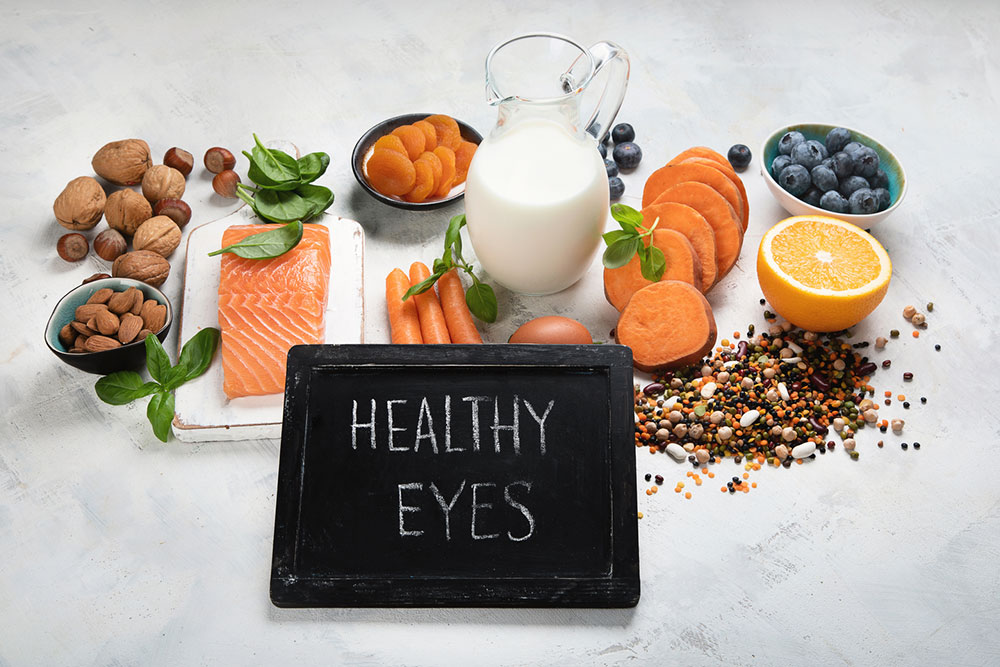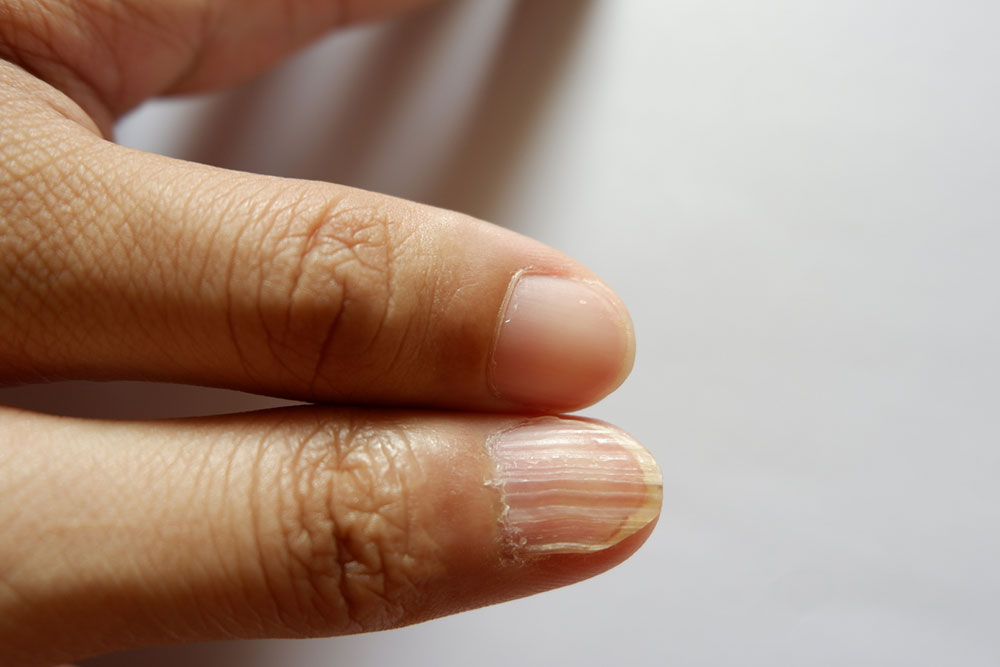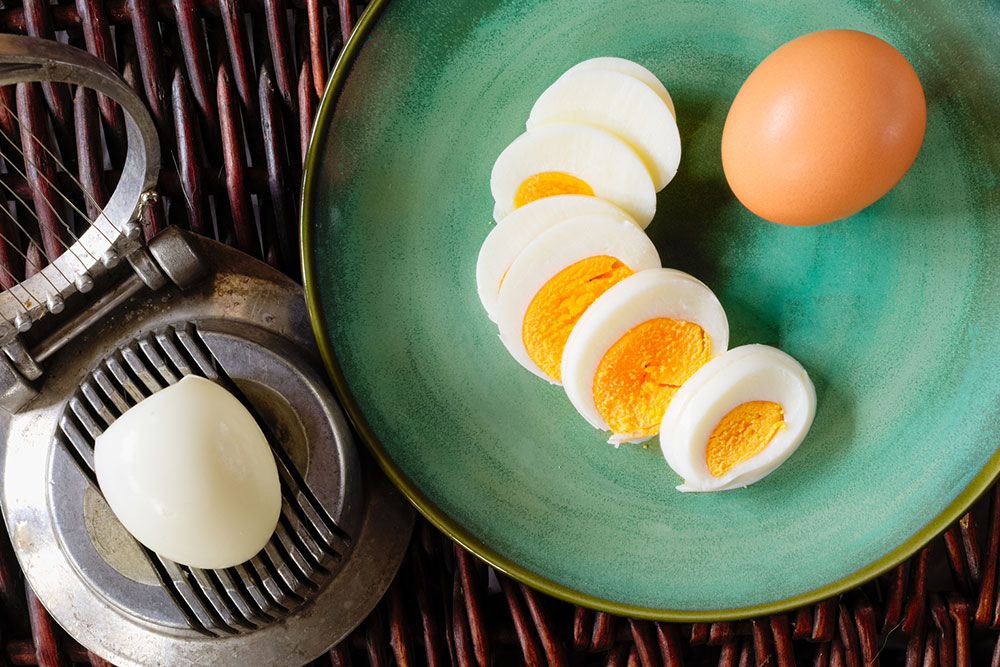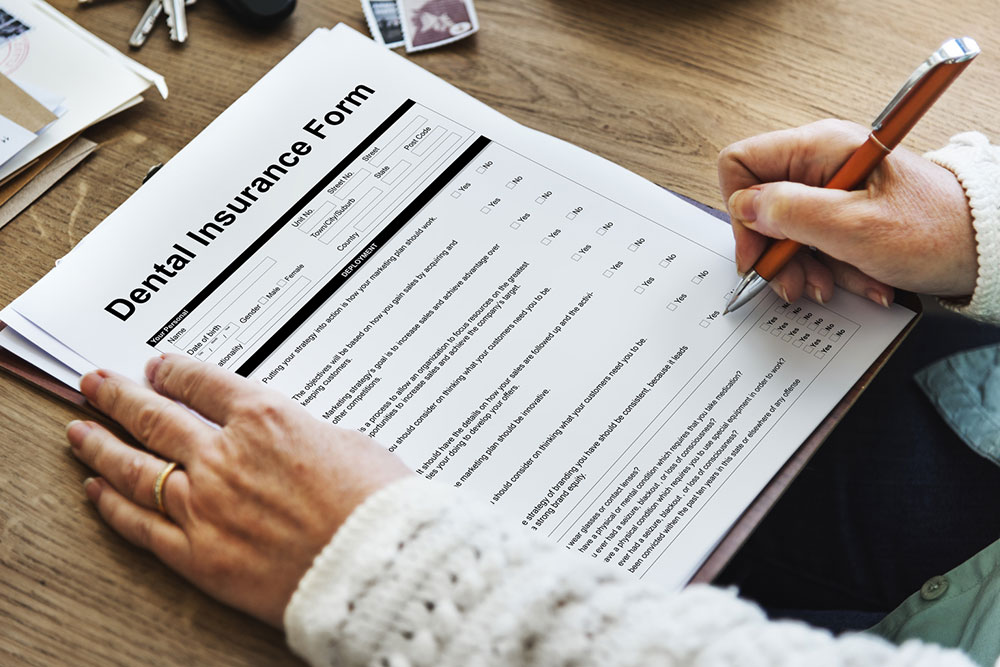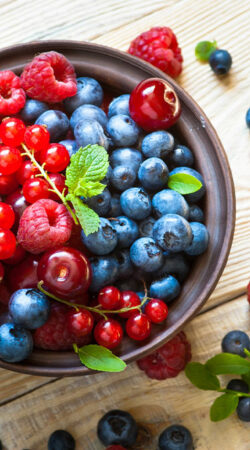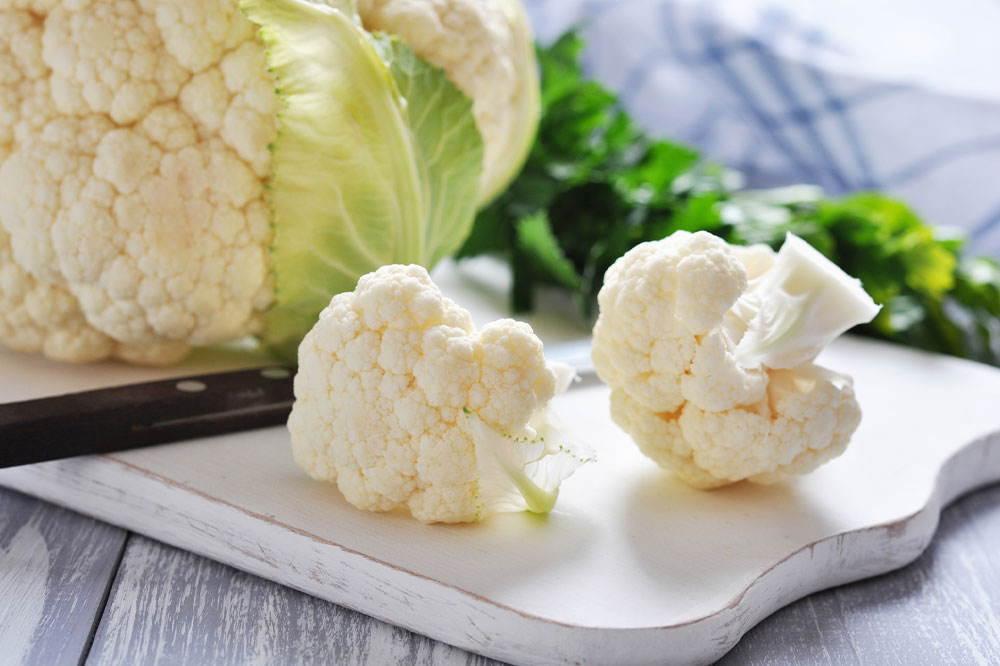
Health
8 trigger foods to avoid with ulcerative colitis
Ulcerative colitis is a disorder that causes inflammation, ulcers, and sores in the digestive tract of individuals. This condition adversely affects the inner lining of the colon, large intestine, and rectum. Further, certain foods tend to worsen the symptoms of ulcerative colitis as they are either hard to digest or are likely to exacerbate the inflammation in the digestive tract. Here are some trigger foods to avoid with ulcerative colitis. Cakes and pastries Sugary foods are known to be inflammatory in nature. Various research studies have found that sugar-laden foods like candies, sodas, juices, cakes, and pastries are more likely to trigger ulcerative colitis flare-ups in individuals. Additionally, such foods raise the blood sugar levels. This can further cause health complications and flare-ups that worsen the various ulcerative colitis symptoms that already exist in vulnerable individuals. Fried chips High-fat foods are next in line after sugary foods when it comes to the eatables that are inflammatory for the digestive tract. High-fat foods such as fried chips increase the possibility of inflammation, even in people who do not have ulcerative colitis. So, these foods can significantly increase the inflammation levels in individuals with the condition, thereby worsening the symptoms. If one regularly eats foods like margarine, cream, butter, coconut oils, French fries, and fried chips, they are at a high risk of developing ulcerative colitis.
